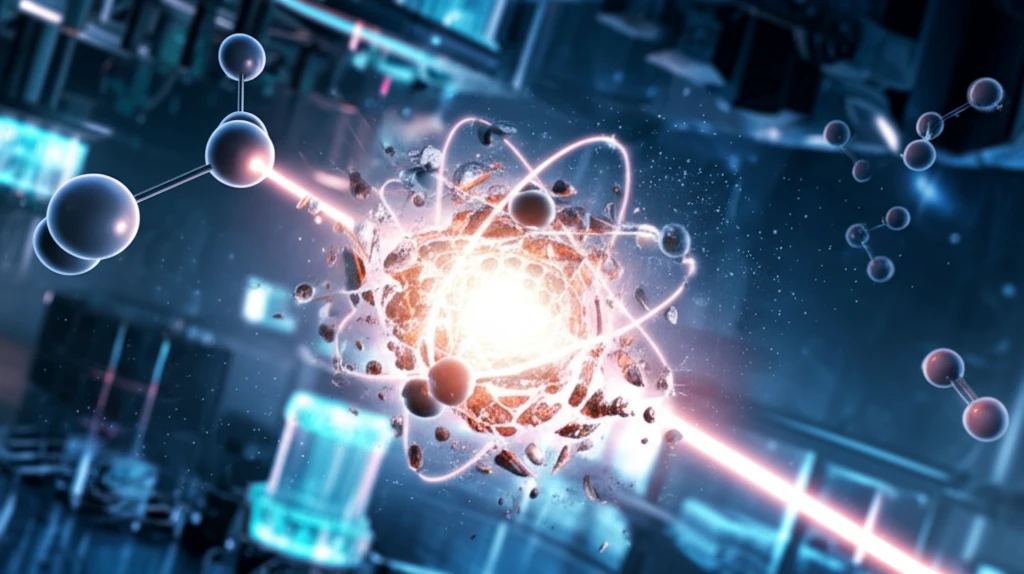
Cracking the Code: How Laser Technology Could Revolutionize Molecular Chemistry
"Scientists explore the secrets of molecular behavior under intense laser fields, paving the way for groundbreaking advancements in chemical reactions and material science."
Imagine a world where we can precisely control chemical reactions, design new materials with unprecedented properties, and understand the very fabric of molecular interactions. This isn't science fiction; it's the promise of research into how molecules behave under intense laser fields. For years, scientists have been captivated by the idea of using lasers to manipulate matter at the smallest scales. Now, recent studies are bringing this vision closer to reality.
The ability to harness molecular behavior with lasers opens doors to revolutionary advancements across various fields. From creating more efficient solar cells to developing targeted drug therapies, the possibilities are endless. But what exactly happens when molecules are subjected to these intense laser fields? What secrets are being unlocked, and how can we use this knowledge to shape the future?
A recent study published in Chemical Physics Letters delves into the intricate dance of molecules under intense laser irradiation, specifically focusing on a molecule called C2H4FBr (1-fluo-2-bromoethane). This research provides valuable insights into the process of dehydrogenation, where hydrogen atoms are stripped away from the molecule, leading to a 'Coulomb explosion.' Let's break down what this means and why it matters.
Decoding Molecular Explosions: What Happens When Lasers Meet Molecules?

At the heart of this research is the concept of a 'Coulomb explosion.' When a molecule like C2H4FBr is hit with an intense laser pulse, it can lose multiple electrons, resulting in a highly charged state. The positively charged ions within the molecule then repel each other with tremendous force, causing the molecule to fragment in a violent explosion.
- Dehydrogenation: The process where hydrogen atoms are removed from the molecule.
- Charge Distribution: The way electric charge is spread across the molecule significantly influences how it breaks apart.
- Potential Energy Surfaces: These surfaces describe the energy landscape of the molecule and dictate the most likely pathways for its fragmentation.
The Future is Bright: Laser-Controlled Molecules on the Horizon
This research into the laser-induced explosion of C2H4FBr is just one piece of a much larger puzzle. Scientists are continually refining their techniques and theoretical models to gain ever-greater control over molecular behavior. As laser technology advances, we can expect to see even more groundbreaking discoveries in the years to come. The potential impact on fields like medicine, energy, and materials science is truly transformative.
